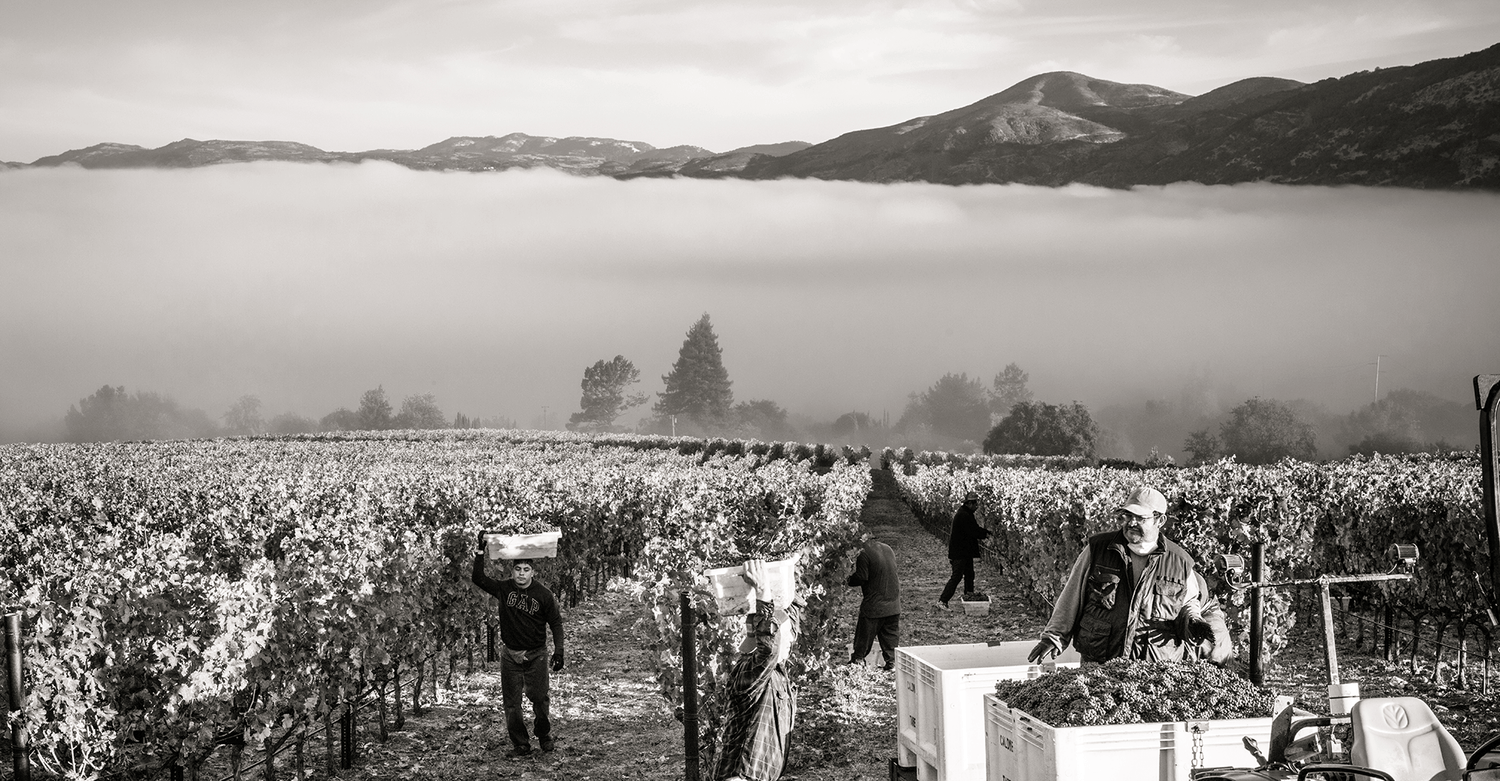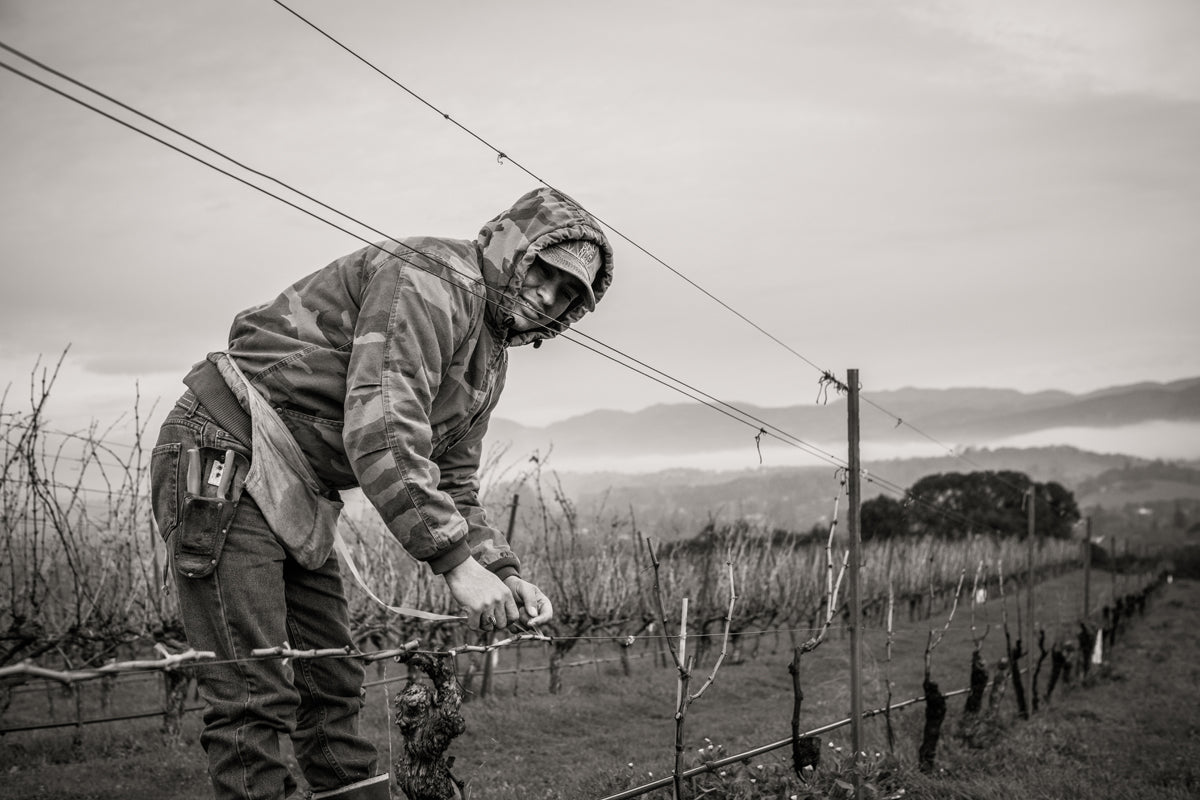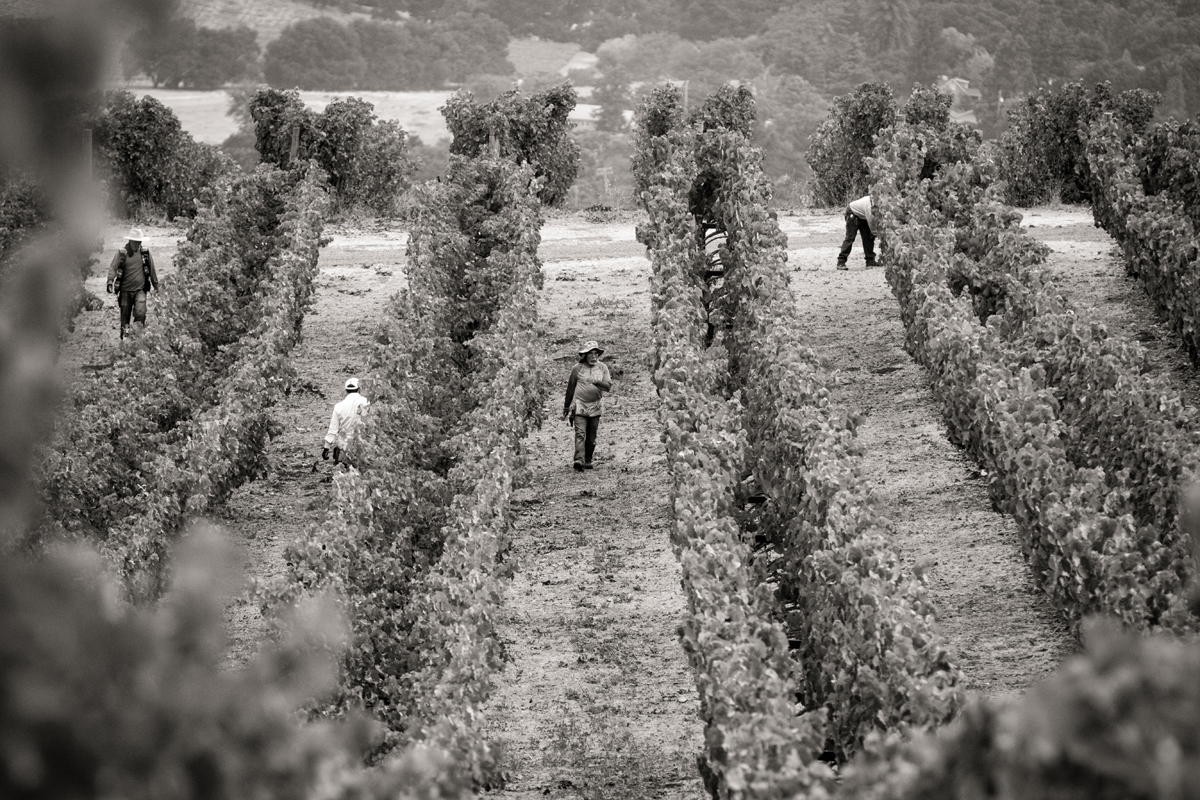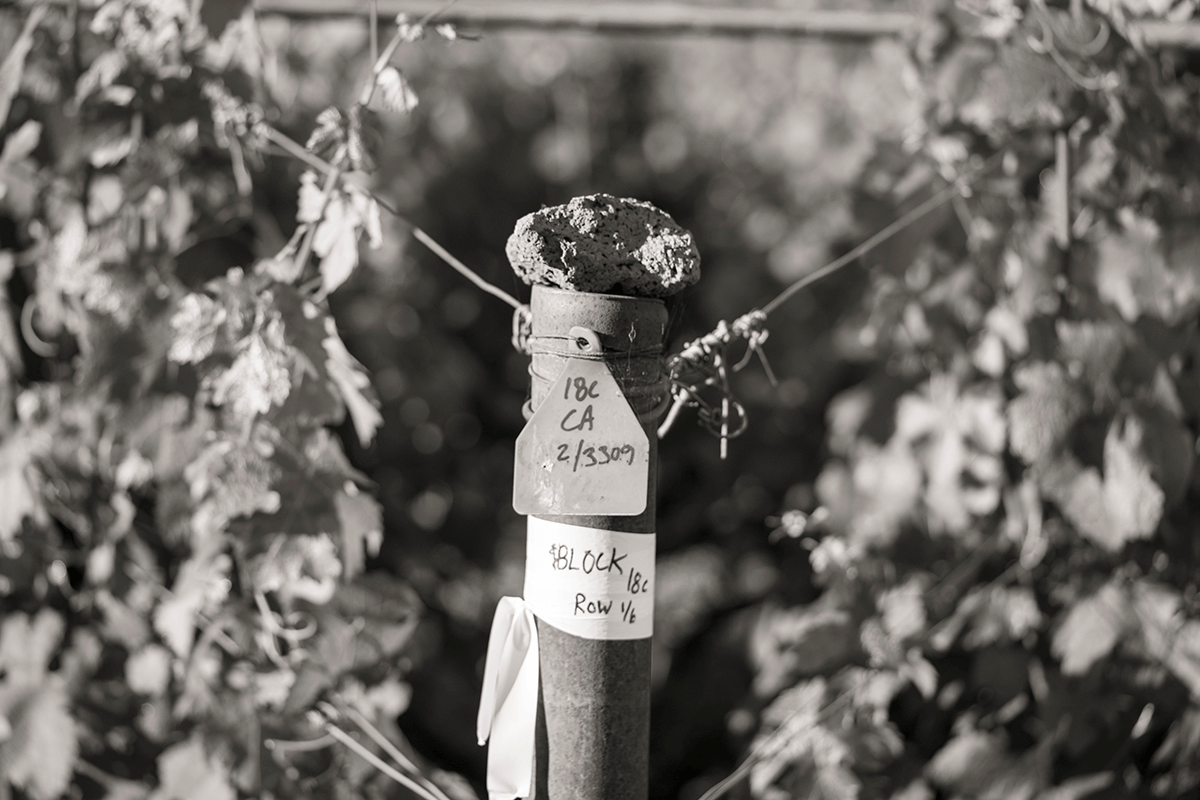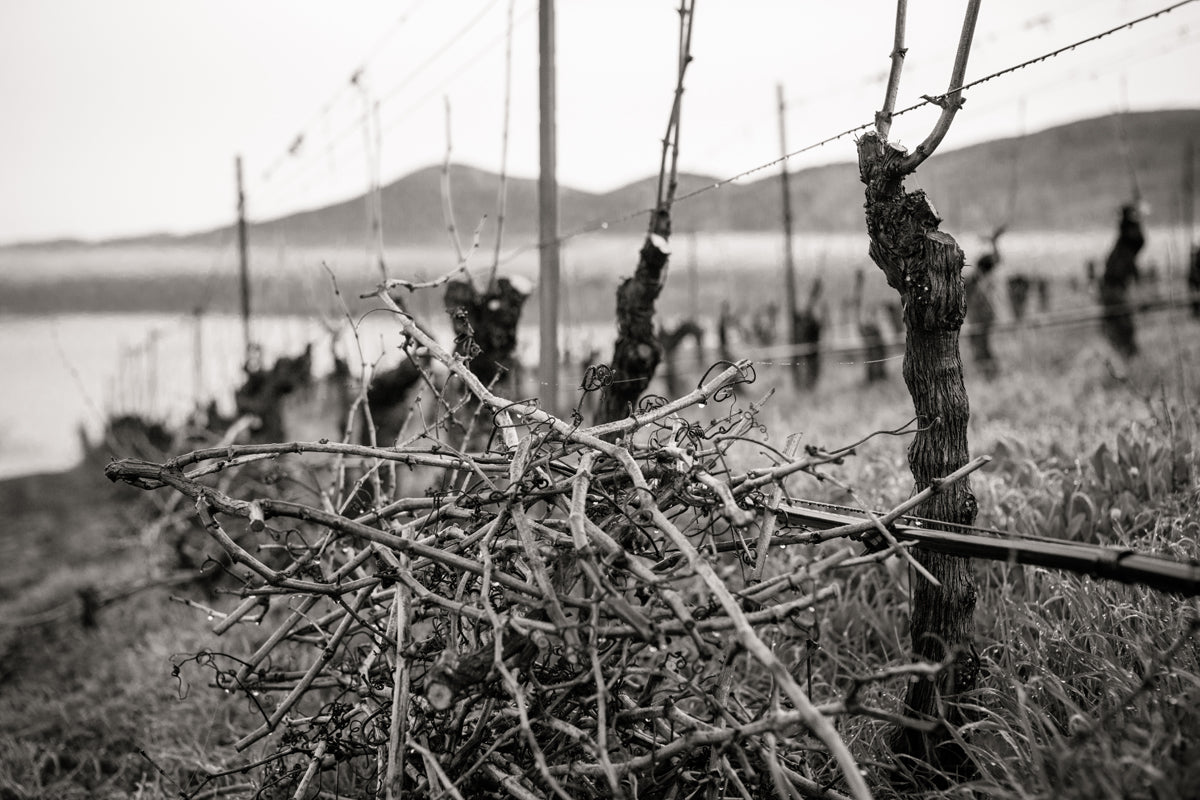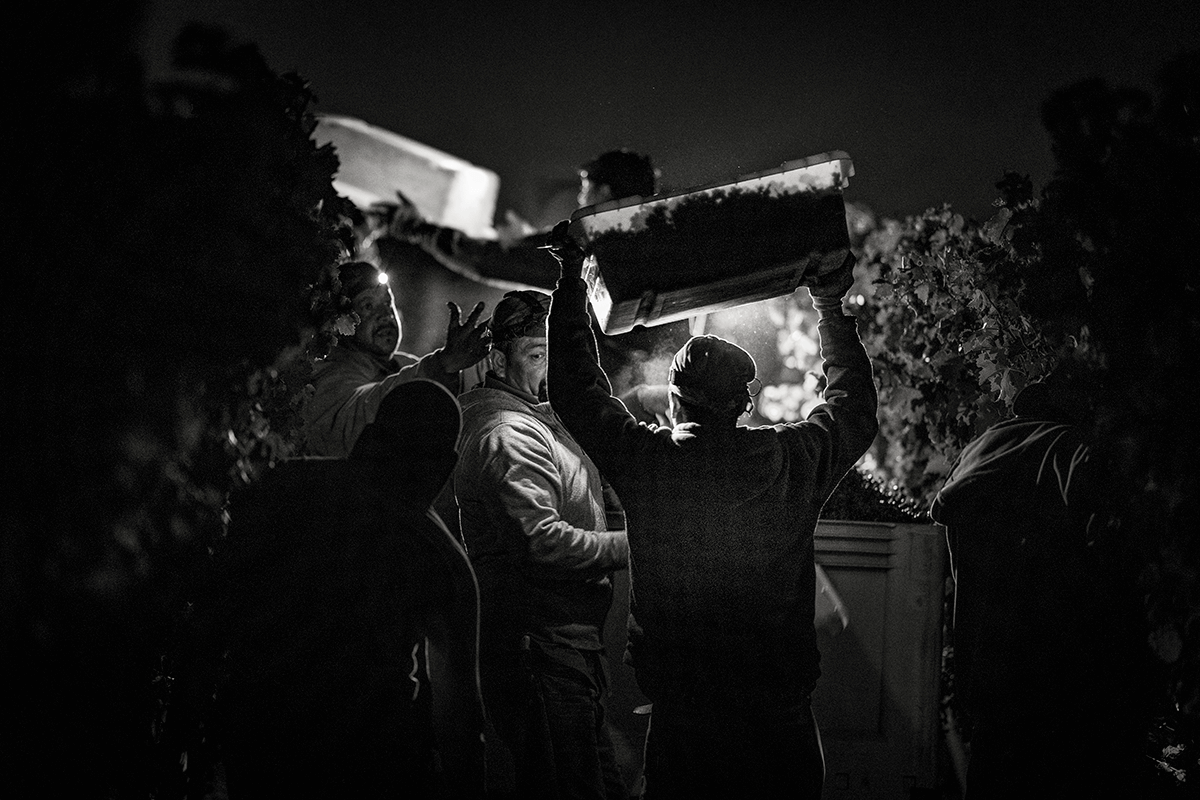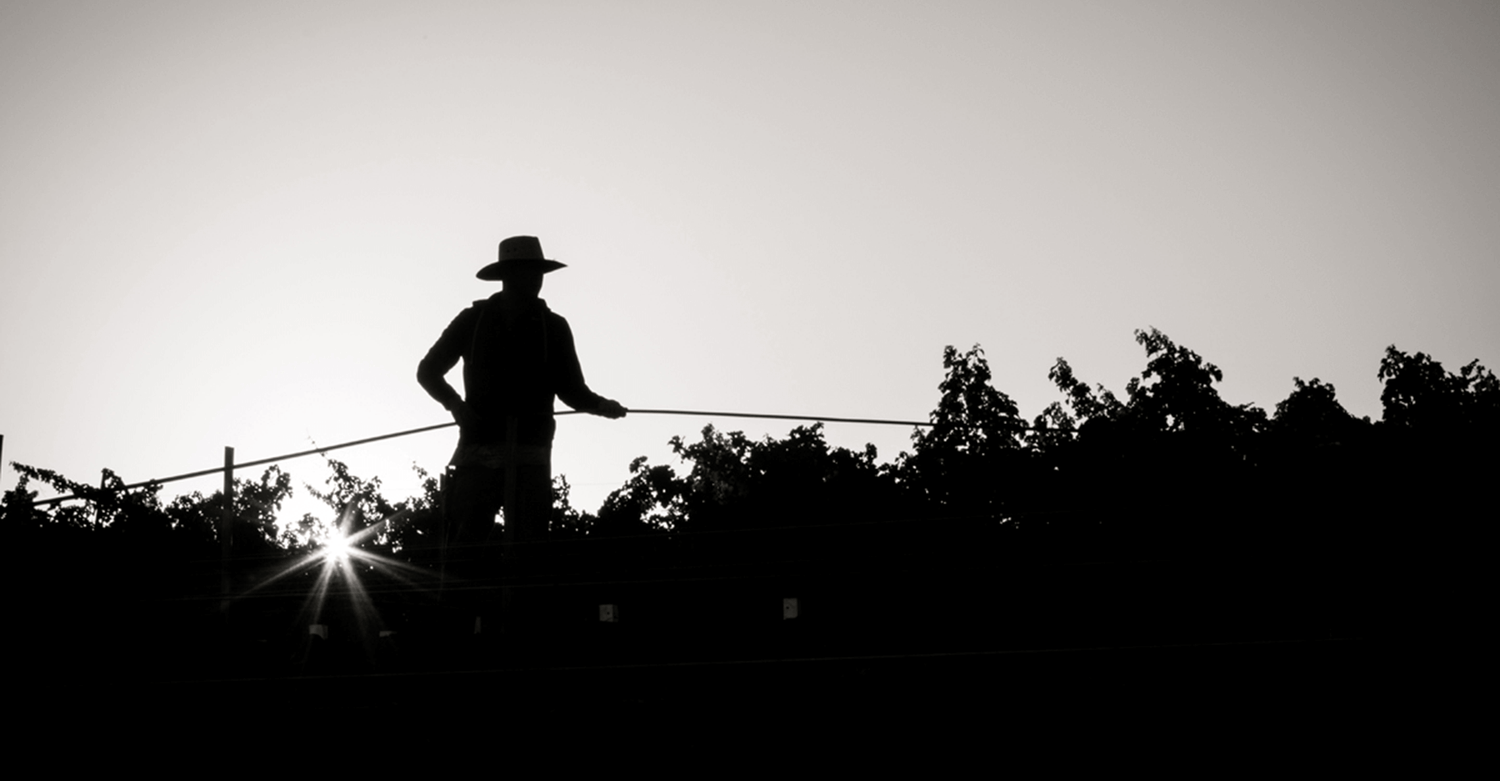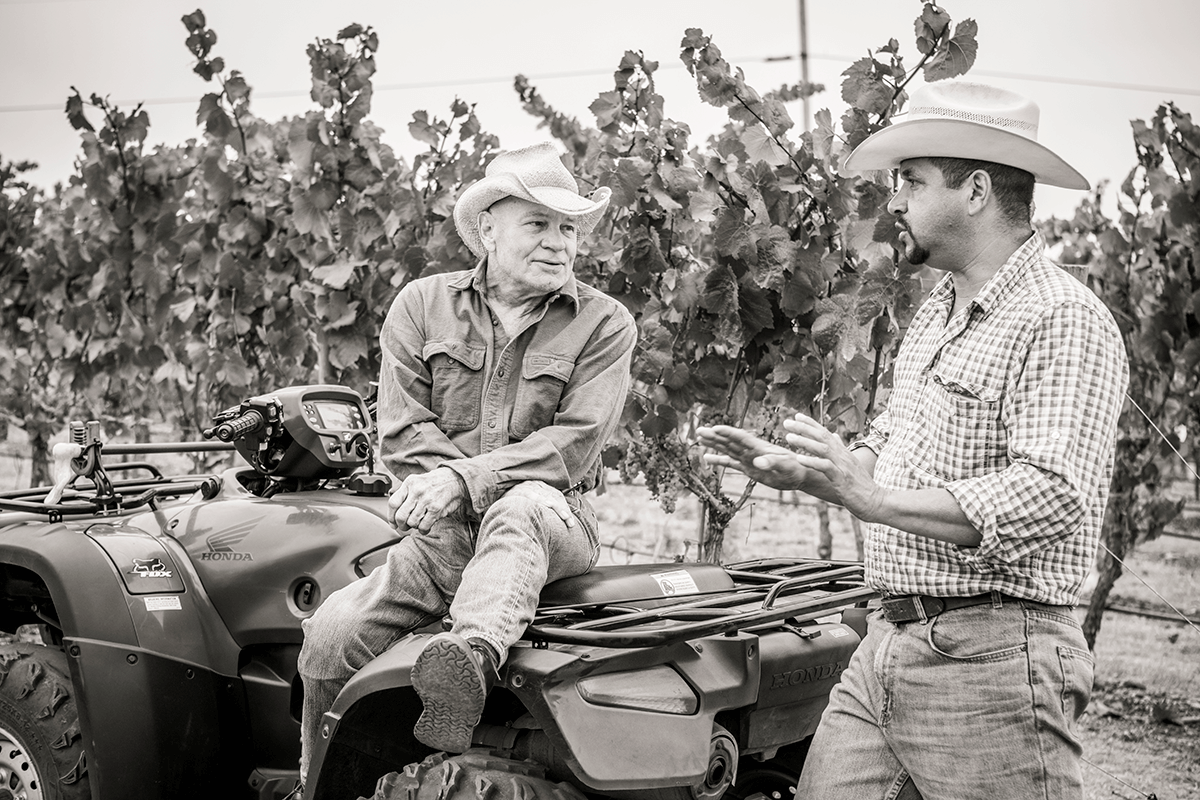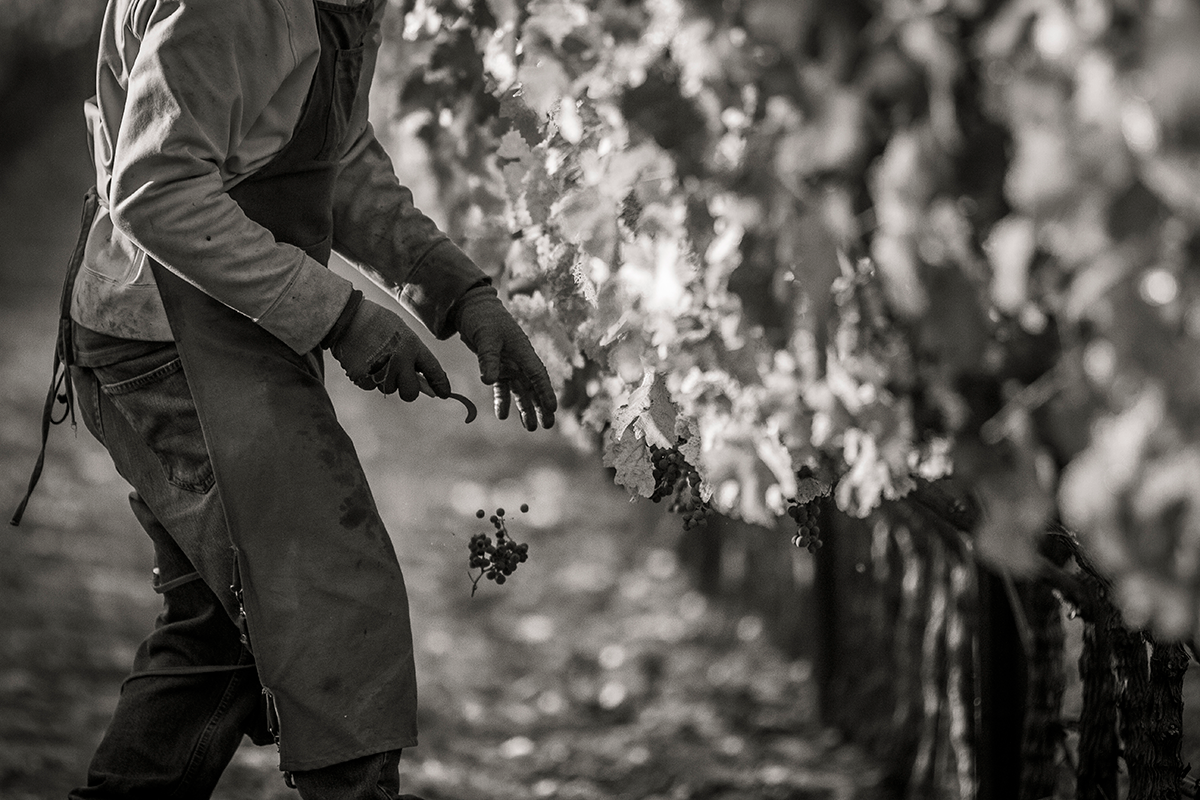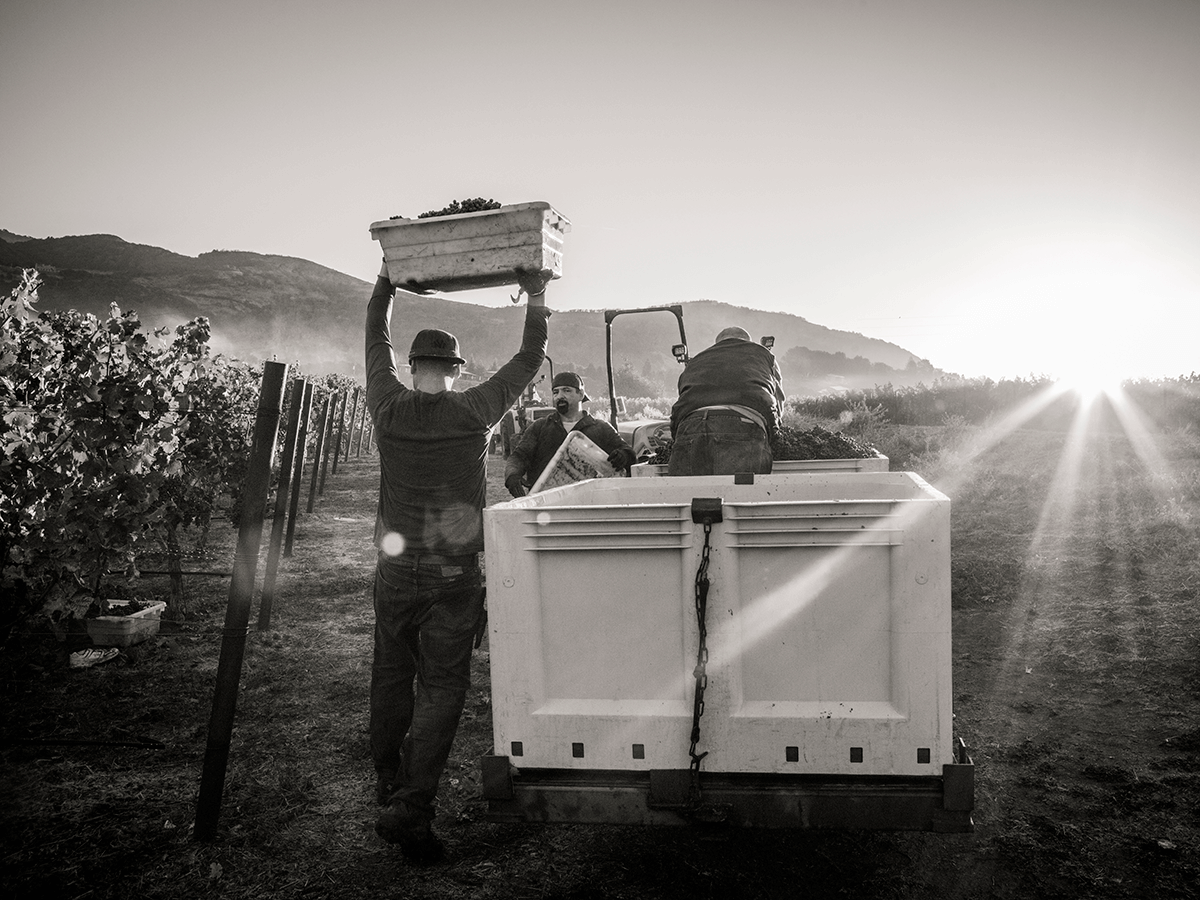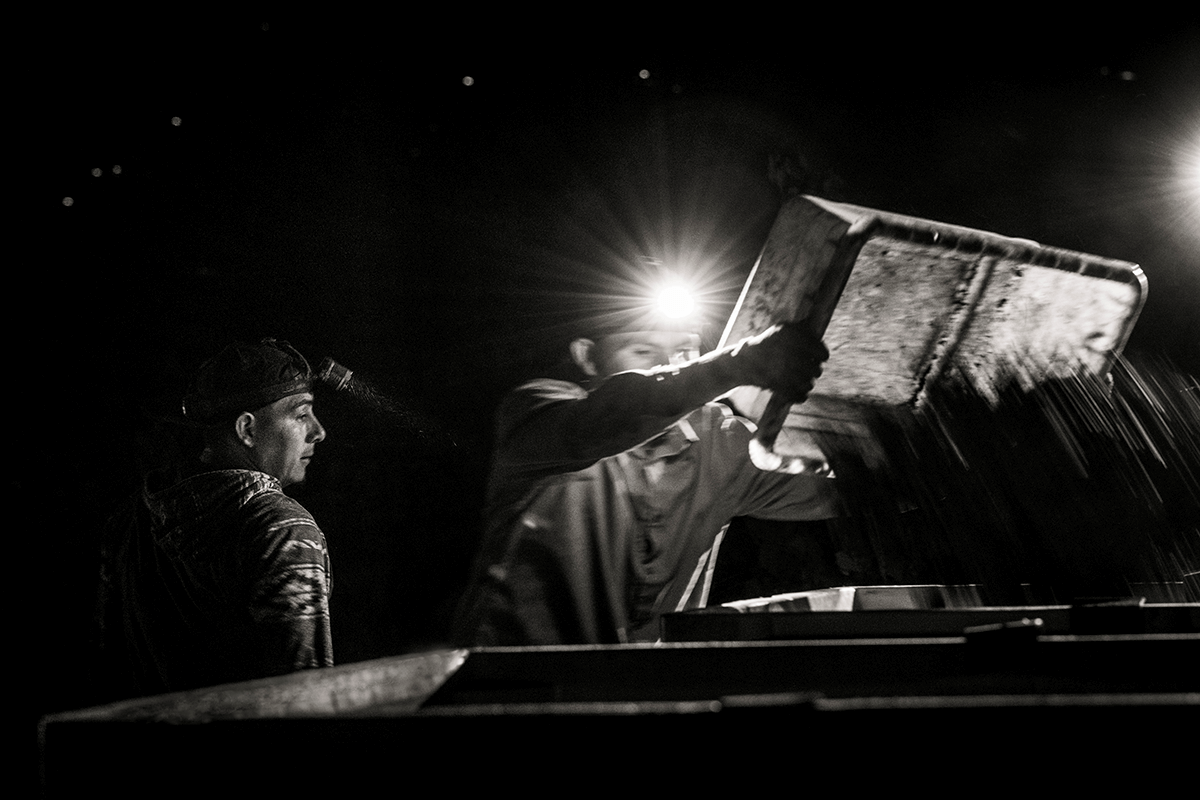Phenology is a fancy word that means studying the seasonal events in the vineyard and their relation to the weather. Each stage of growth (bud break, flower, fruit set, veraison and harvest) dictates what we’re doing on any given day around here; and all of it depends on the weather.
After harvest is over, we fertilize the vines so they can hunker down for a long winter’s nap with plenty of nutrition - nitrogen, potassium, phosphorus - all the good stuff. They go dormant over the next few months, and that’s when we get the pruning done.
As things start to warm up, there’s a natural progression of bud break based on variety. The Chardonnay will bud out right around the 1st of March so we get that pruned first, then we get the Merlot, Petite Verdot, Syrah and other reds done. The Cabernet pushes last. This year we started at the end of January and had everything finished up around March 14th, about a week before the equinox, which is when the reds will start pushing buds.
It’s interesting to think about the fact that bud fruitfulness is actually determined the year before. So, for example, in 2014, with two fantastic vintages behind us, the vines have lots of good energy stored from the previous years and bud fruitfulness is optimal. We’re starting in a really good place. If this beautiful weather keeps up, we’ll have another stellar vintage.
So far we think we’re doing a pretty good job. But we know the hard work is paying off when we see friends enjoy a bottle of wine, or when another of the big-boys from our Napa hood buy our fruit. Over the last 33 years we’ve sold fruit to some of the best Cabernet producers in Napa Valley, including Joseph Phelps Insignia, Pahlmeyer, Merus, Viader, Randy Dunn, Stéphane Derenoncourt, Philippe Melka and lots of others. It’s the good stuff.
Unlike our neighbors, we’re blessed with an artesian well on the property which means even though Coombsville is considered a water conservation district, we’re sitting pretty with all the water we need to keep our vines balanced and healthy all year round. That’s a game changer when it comes to climate changes.
While originally planted in 1984, our vineyard is in a constant state of transition, as we plant more, replant, and make adjustments as we go, slowly, at the speed of nature, year by year.
When we plant new varieties we get things in the ground in the Spring. As the vines start to push new stalks (canes) and leaves, we cut all the new growth back to the ground, sparing only two primary buds which become the primary canes for the mature vines. We select one cane to become the trunk, so next year, when the cane reaches the wire on the trellis, we’ll start training two primary canes that will start producing fruit for the following year. A lot of folks are surprised to find out that red Bordeaux varieties (most red varieties, in fact, other than Zin and Syrah,) will give you great tasting fruit in their first few harvests. Sometimes your third year is better than your fifth – which bucks the information you’ll get from everyone else – and really sets the tone for the fruit you’ll get long into the future.
For the rest of the vineyard, we start pruning in January and keep that going all the way through til March with various pruning techniques that ensure the vines are healthy and balanced, and sending maximum energy to the best bunches of grapes. Now, if you’ve done your homework, you know that John Caldwell got his commercial start in the business, first as a grapevine smuggler and then as the licensed nursery for cultivating the Entav-Inra Bordeaux clones in North America. So of couse, when we prune, we collect some of the best canes to be used as budwood - for ourselves and to sell to others. With all the worry about viruses in the vineyards lately, there’s been a lot of demand for our budwood; which is the original certified Entav-Inra stock from France. Its been nearly four decades and our vineyard is still testing disease free. (Read “The Rest of the Story” for the details.)


